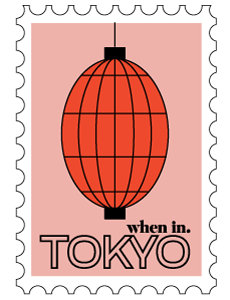
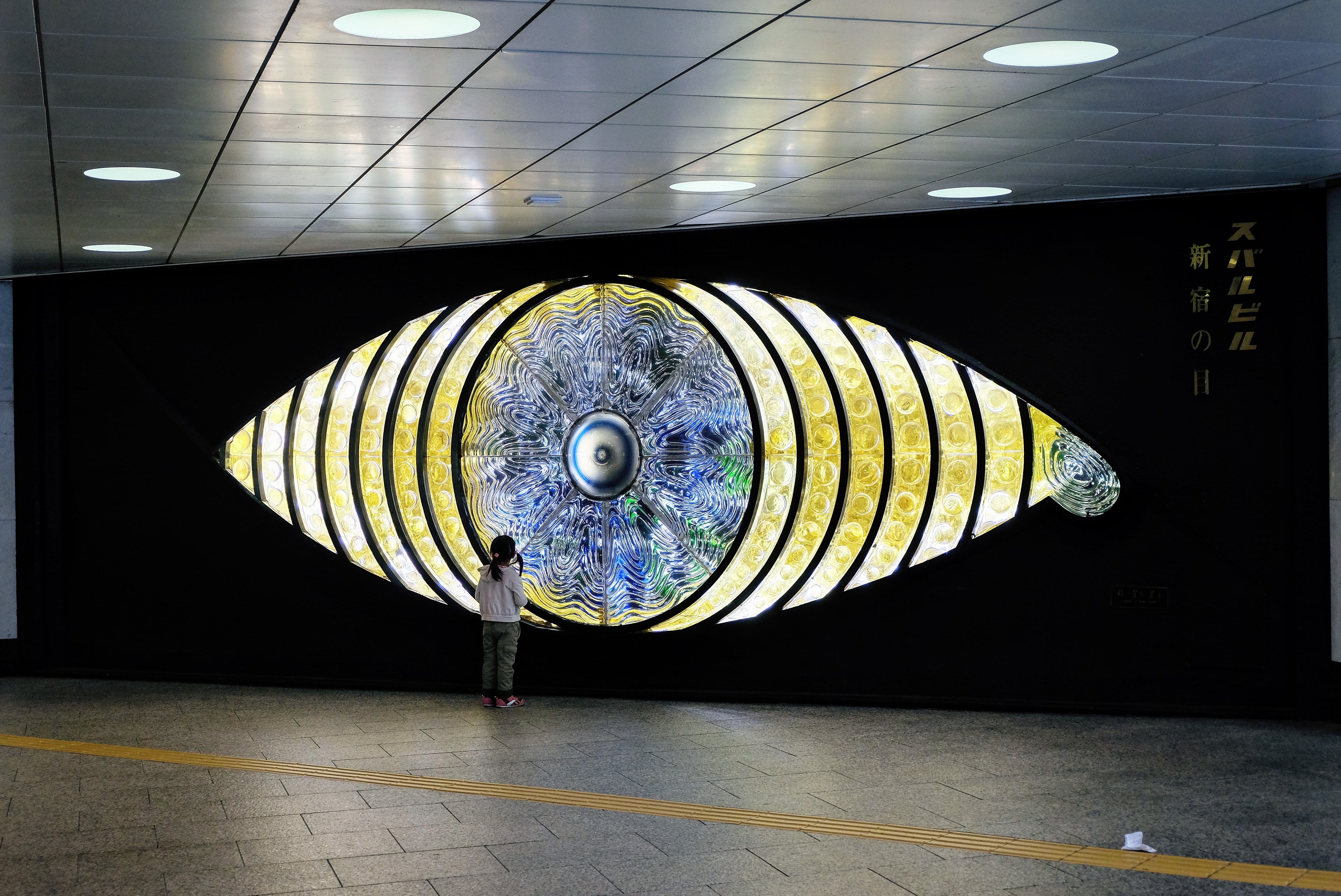
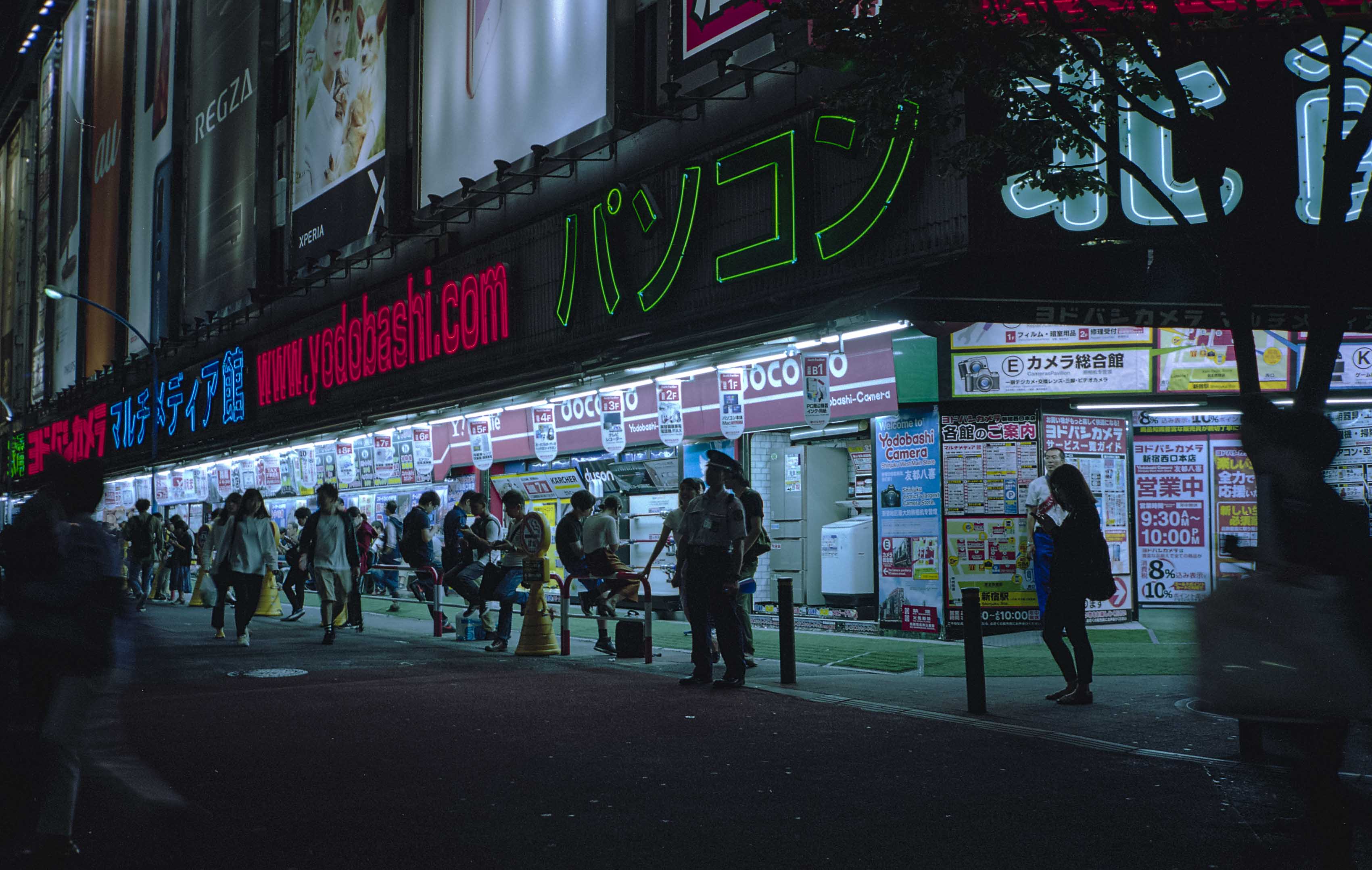
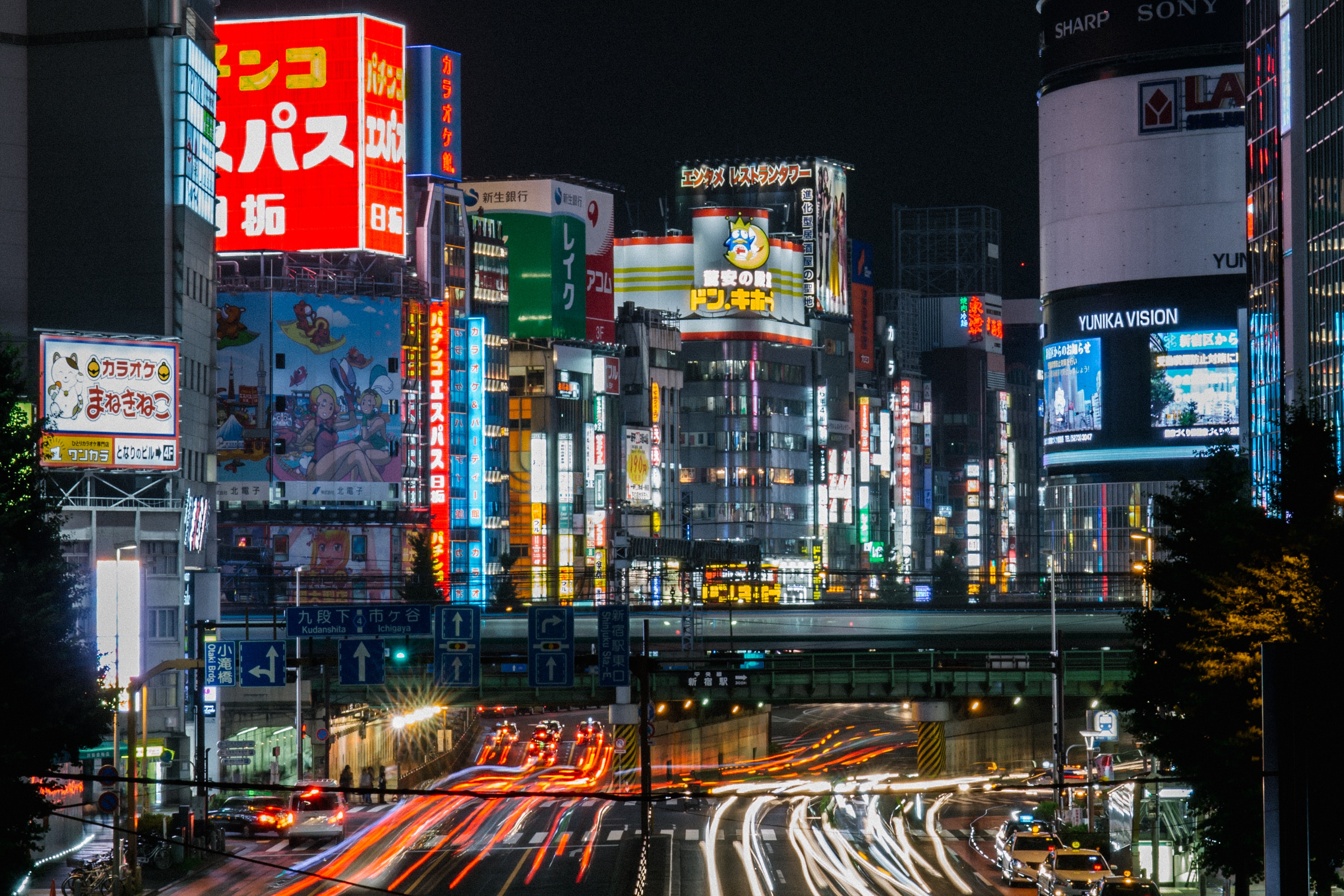
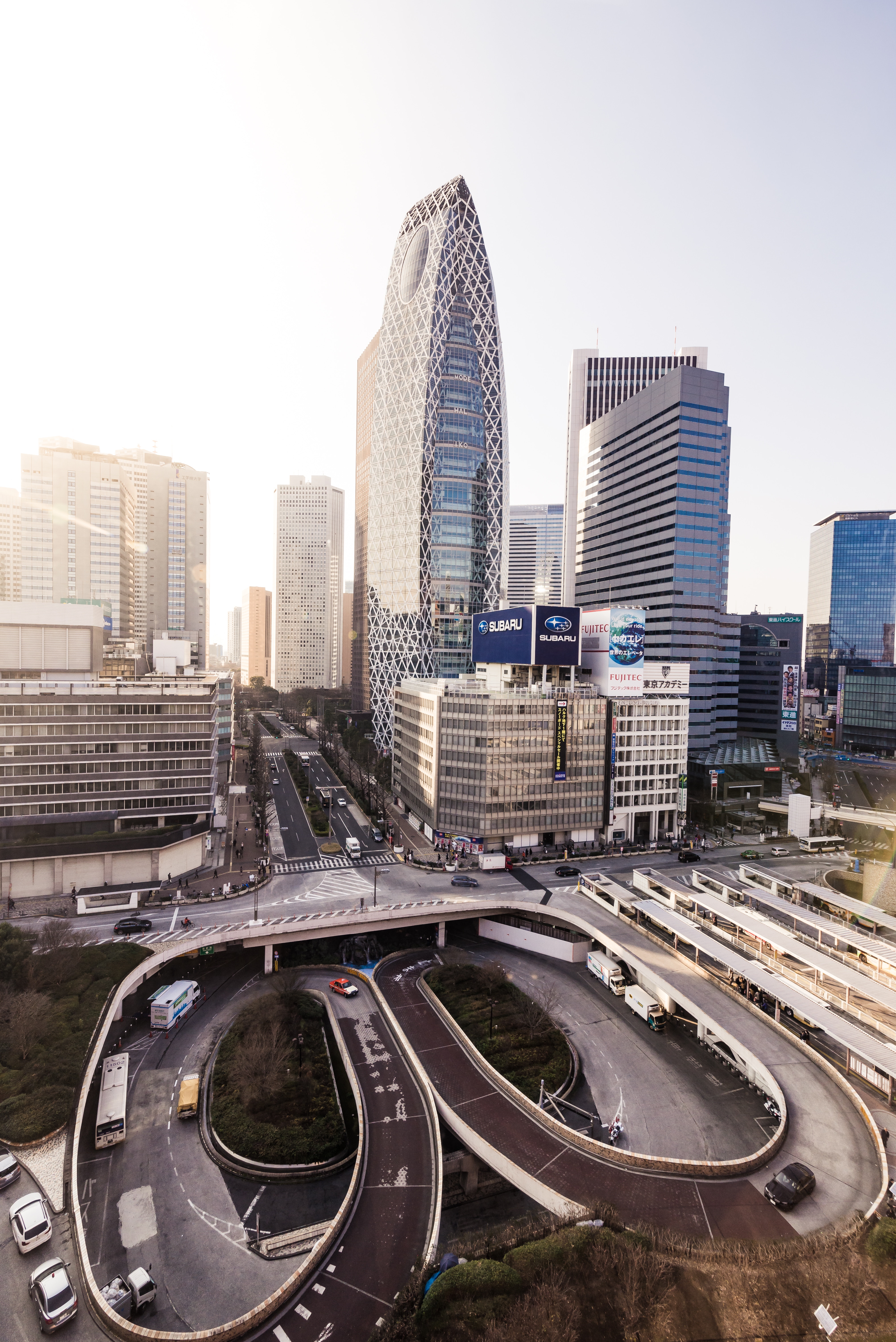
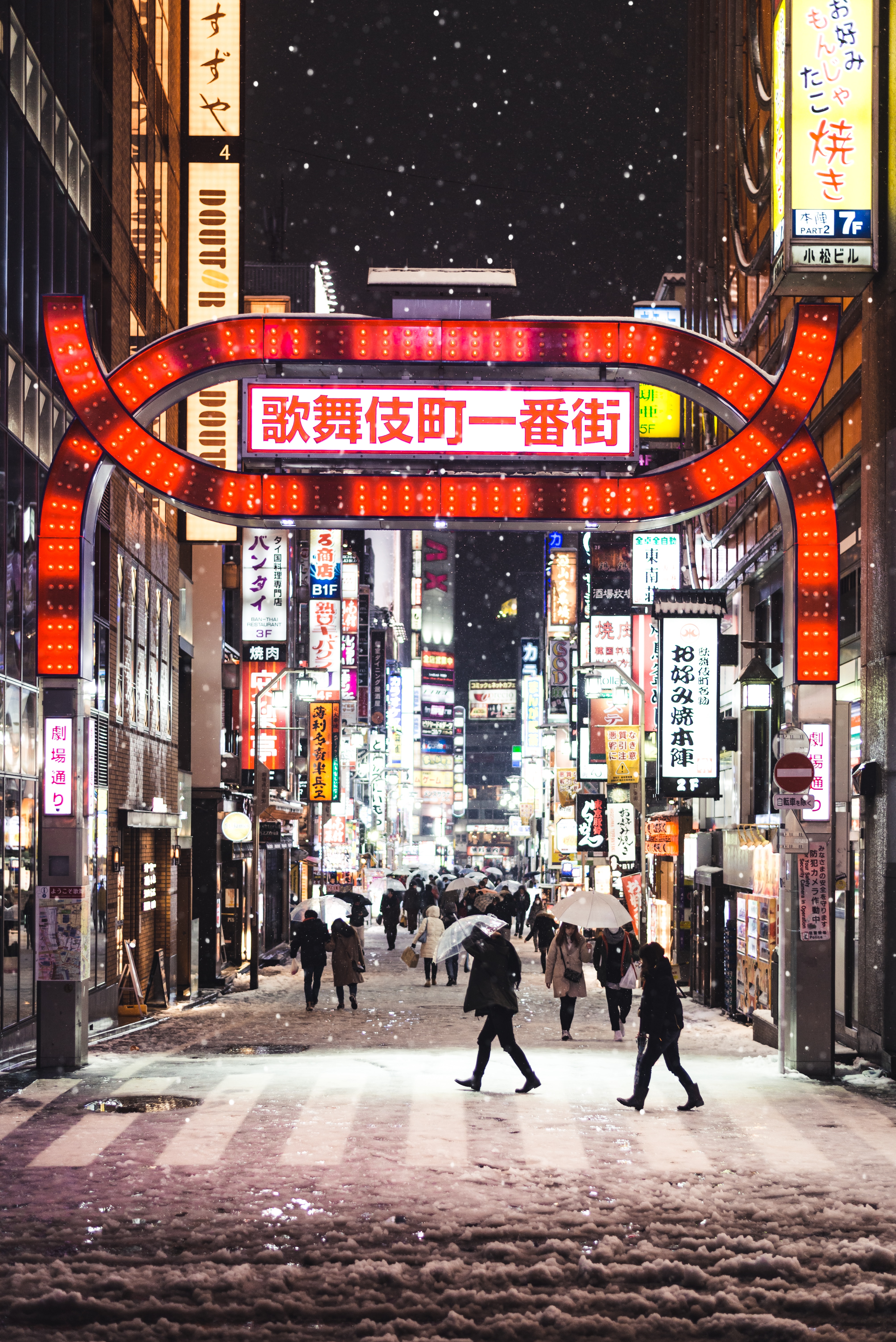
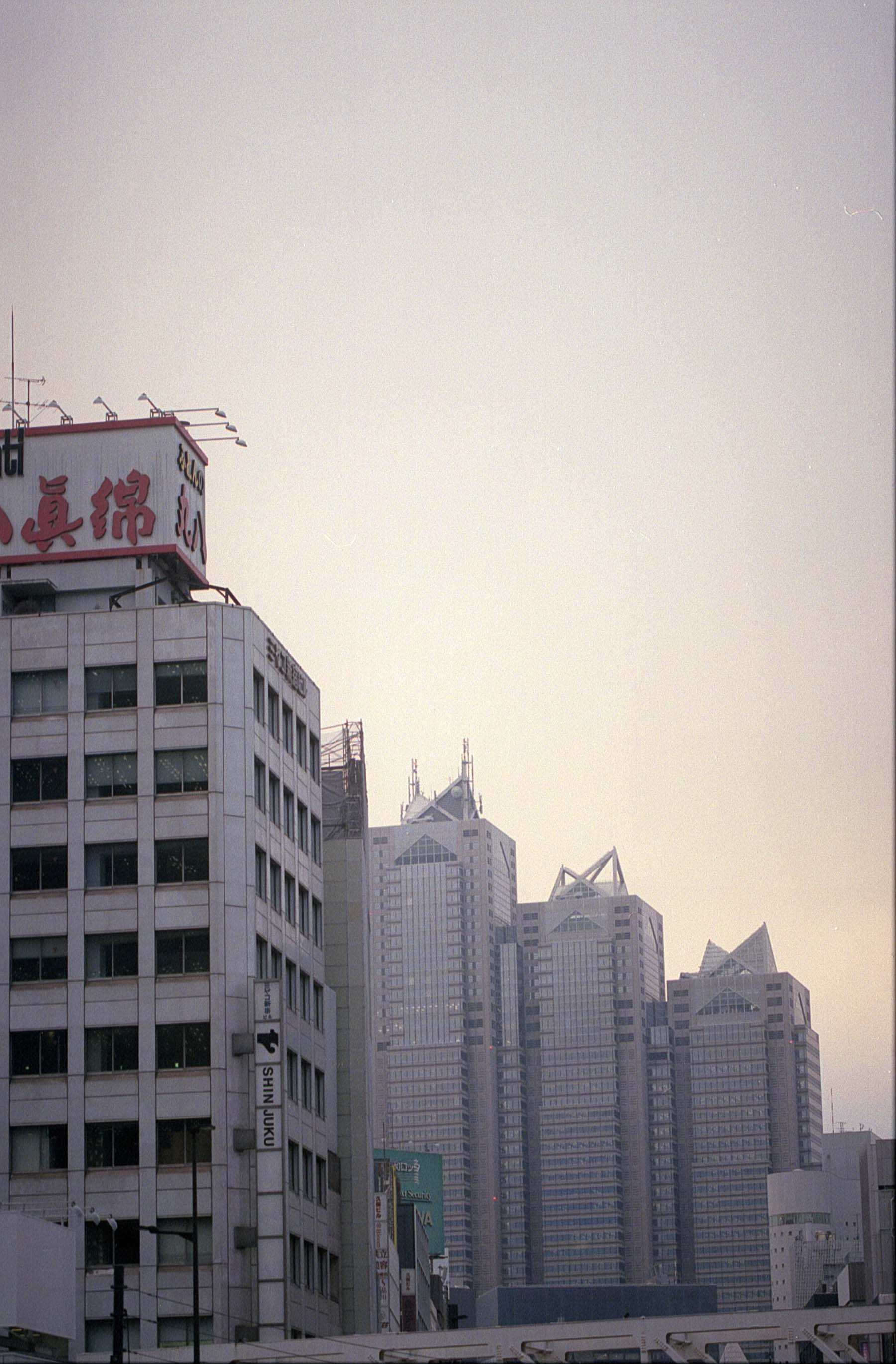
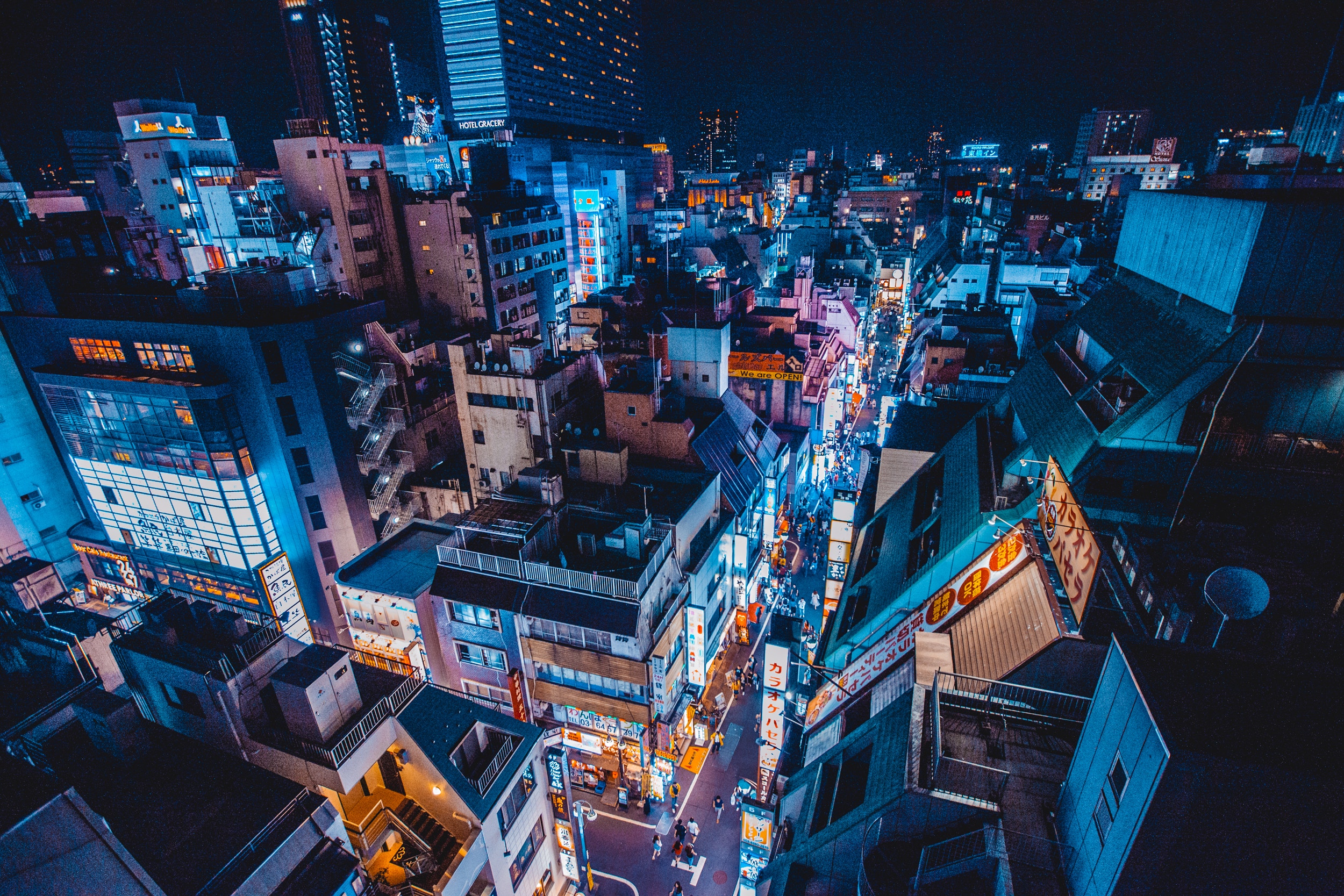
As with many things, the best way to experience Shinjuku is from above.
At the Tokyo Metropolitan Government Building Observatories on the West Side of Shinjuku Station, you can get some of the most stunning (and most importantly free) views of Tokyo up until 10:30pm at night (North Observation Deck) and, if you are lucky, you might even catch the majestic outline of Mount Fuji if you are visiting on a clear day during the cold season.
While many of the shops and restaurants in the Kabukicho area and the Shinjuku Sanchome Shopping District are open throught the day as well, it is only at night when this part of Tokyo really comes alive and the streets of eastern Shinjuku get flooded with the lights of shrill LED.
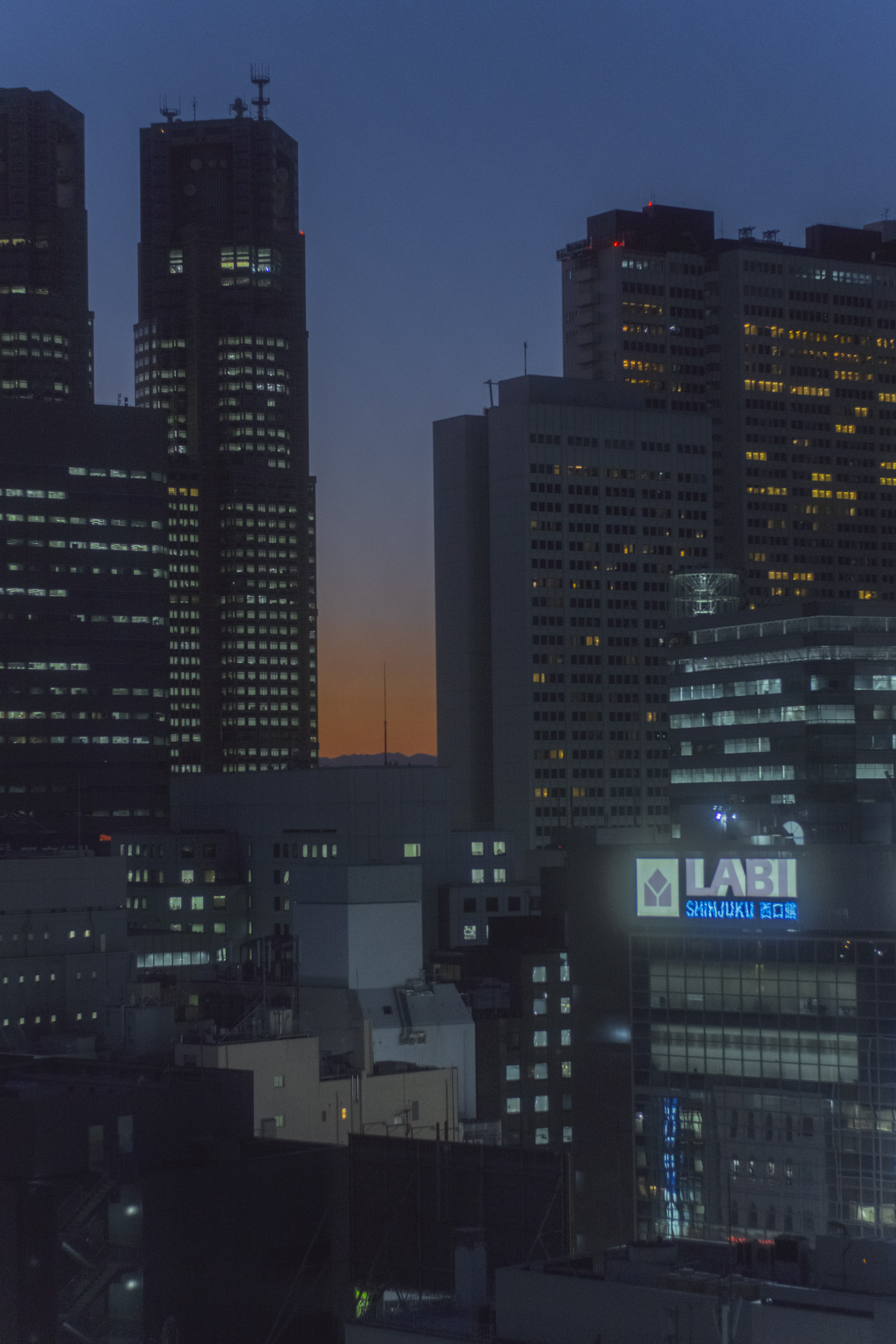
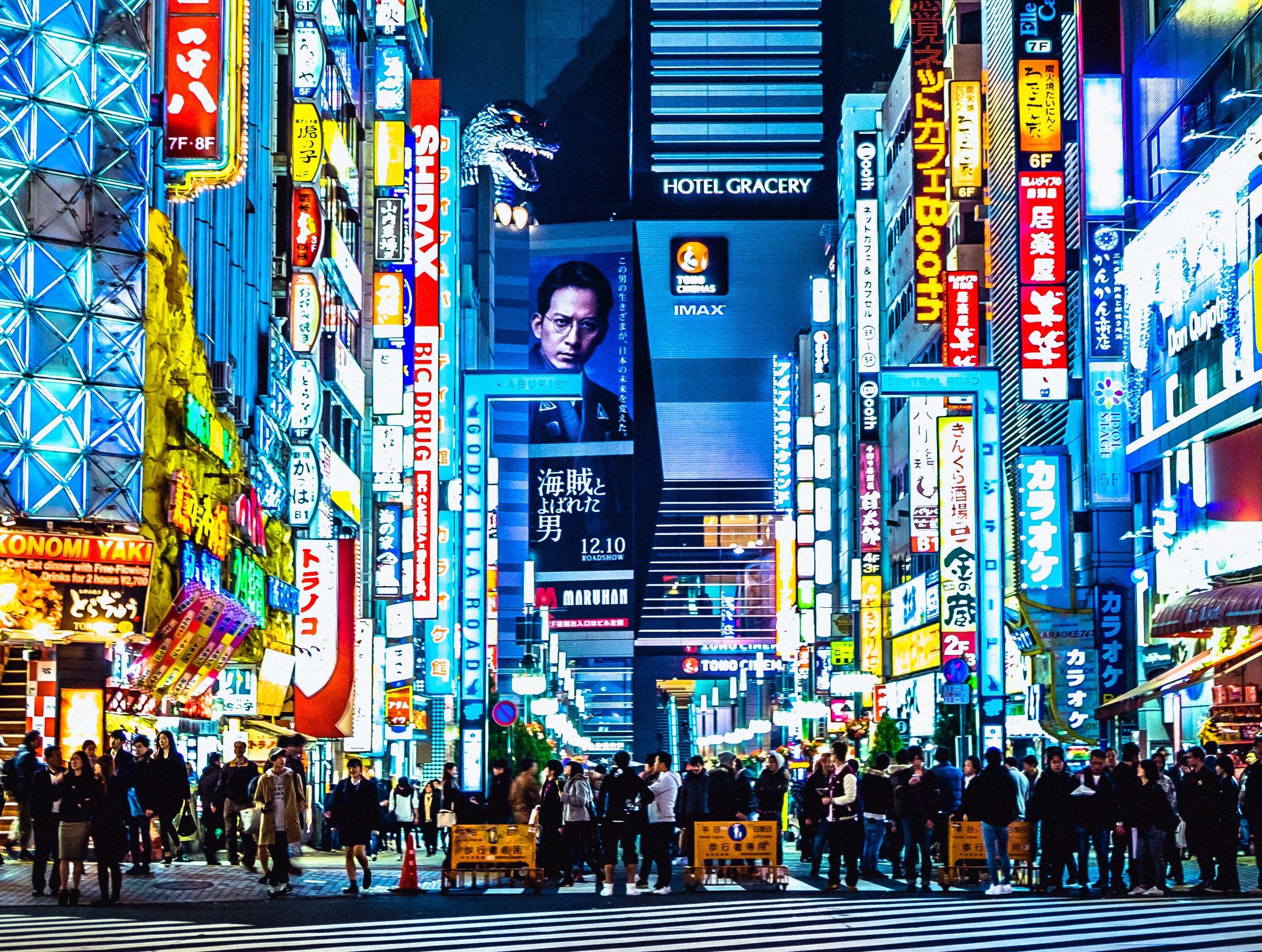
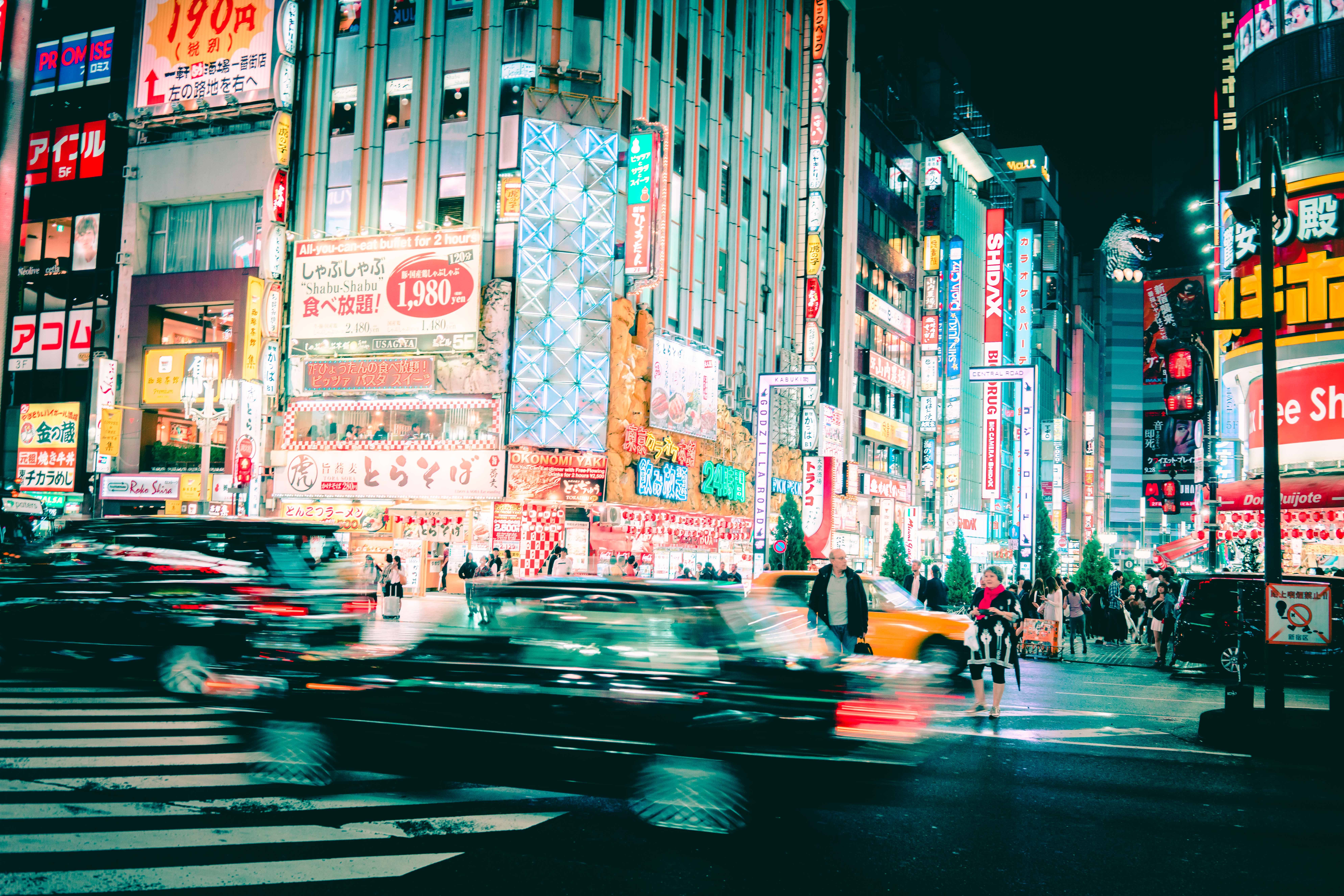
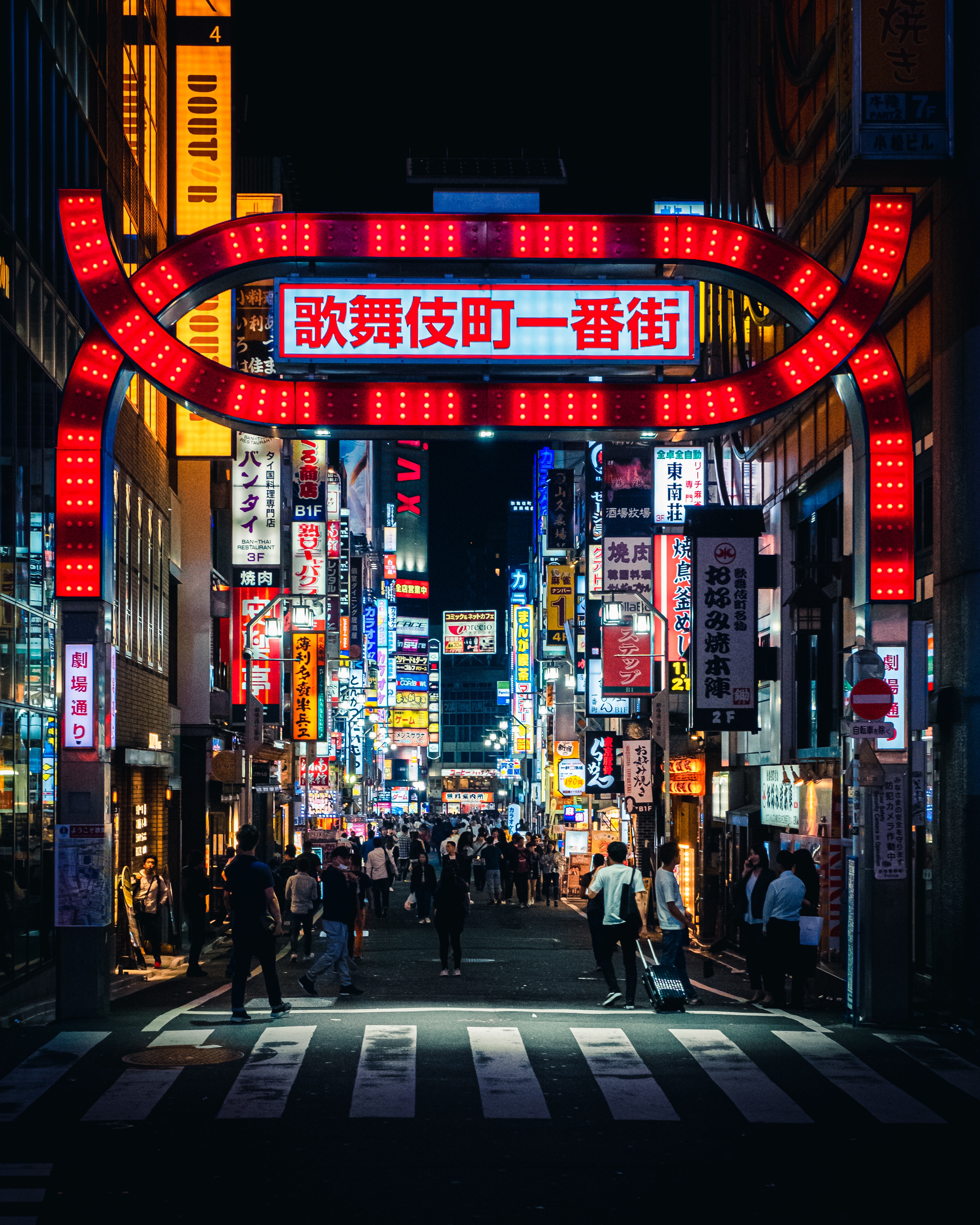
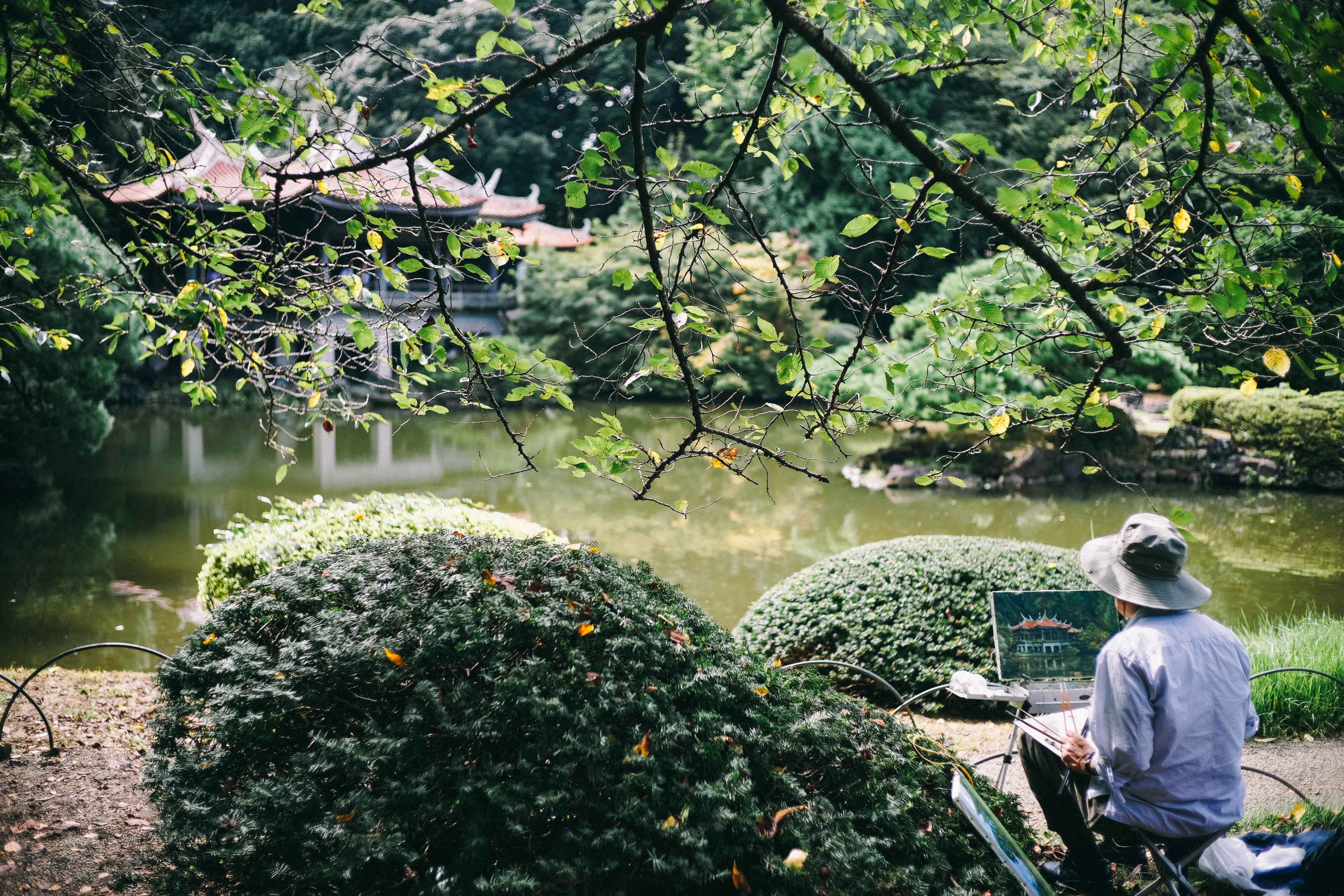

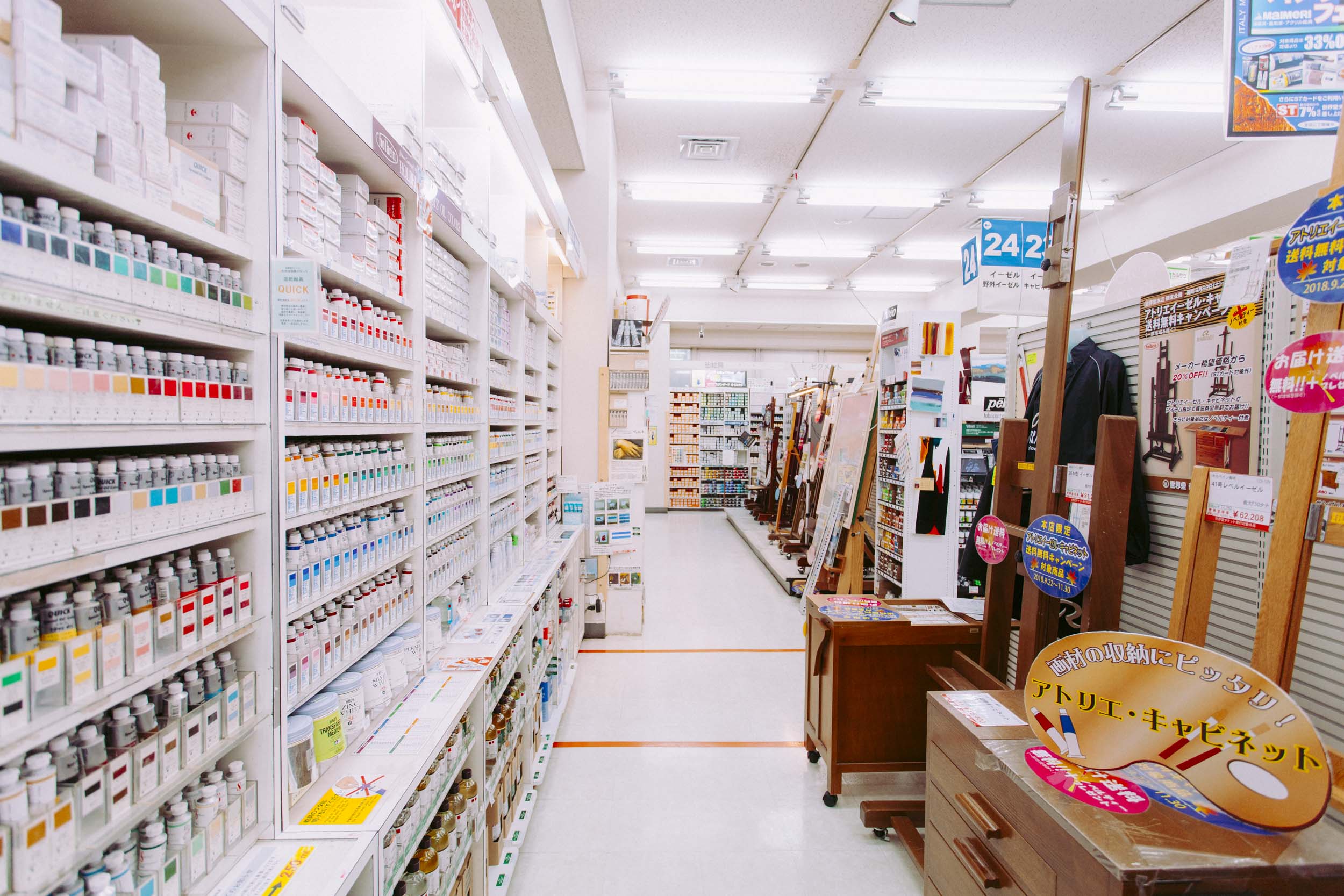
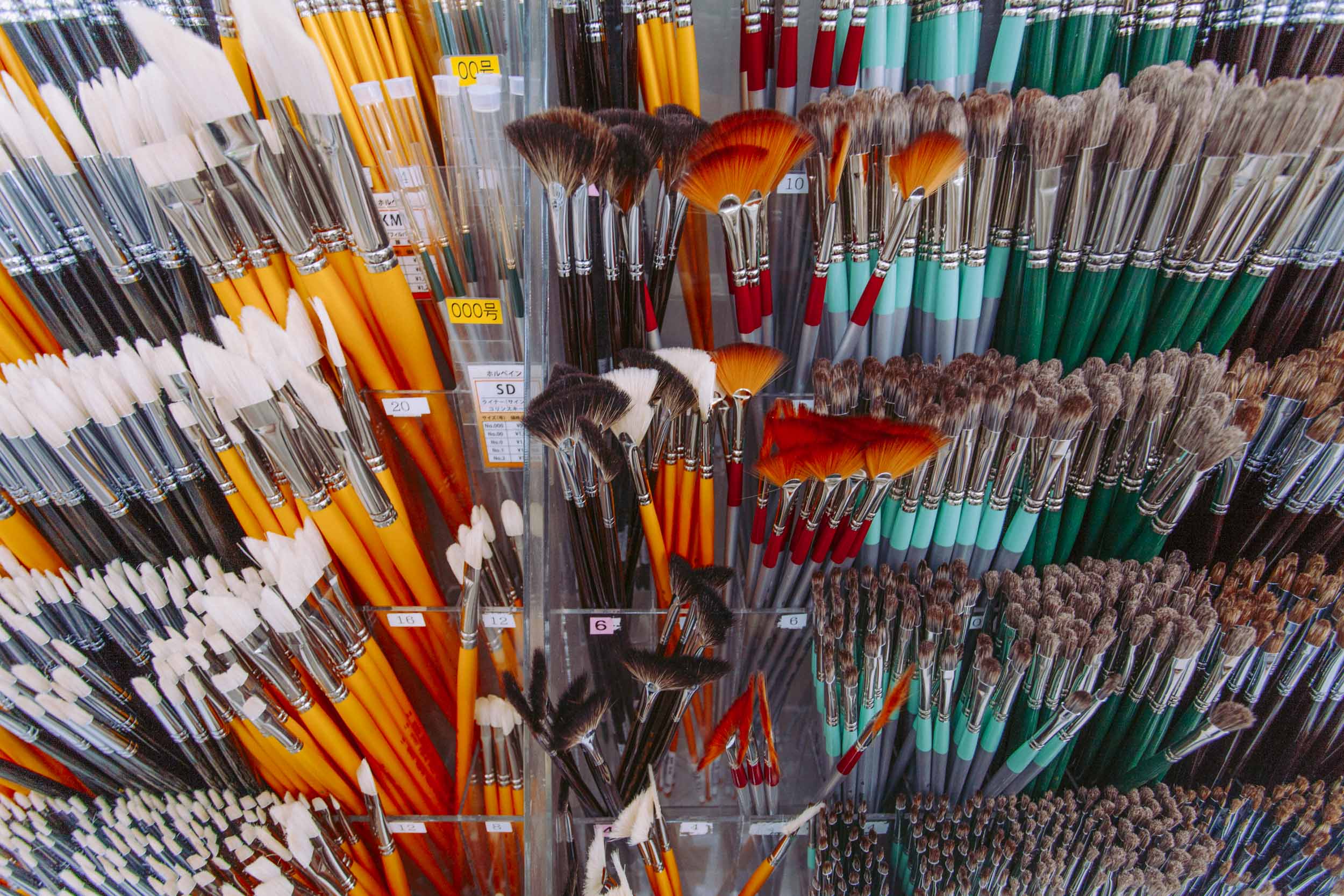
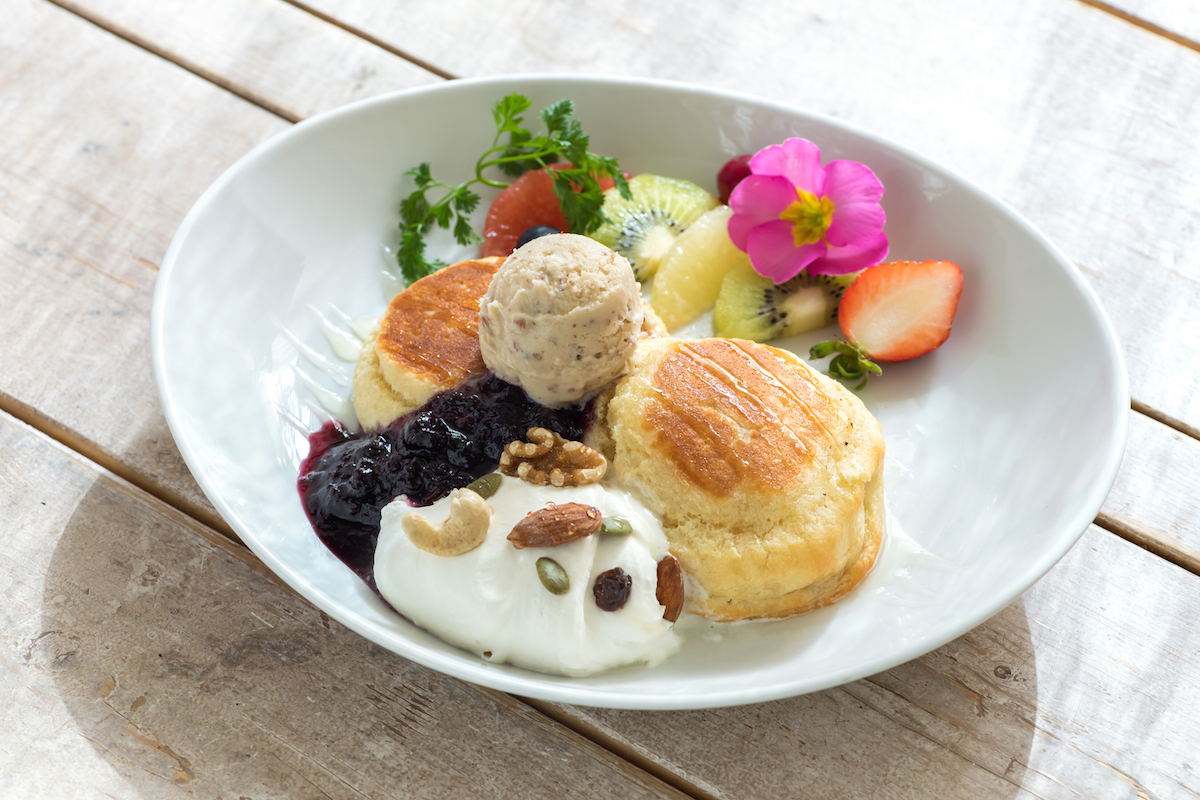
Nearby Shinjuku Gyoen National Garden you will find Sekaido, perhaps Tokyo’s largest art supply store, selling anything from paints, brushes, stationary, picture frames and pretty much any thinkable art and design tool to Tokyo’s artist and hobby artist community.
At vegan restaurant Ain Soph., you can get Tokyo’s undisputedly best dairy and egg-free fluffy pancakes, which will win even non-vegans’ hearts over with their smooth texture and to-die-for homemade vegan ice cream.
While Golden Gai (East of Kabukicho) and Omoide Yokocho (West of Shinjuku Station) are the most famous of such yokocho backstreet alleys and therefore attract a good amount of tourists, check out the small, and fairly unknown Omoide Nukemichi with its unmissable red lanterns, which makes both for a perfect photo spot and great off-the-beaten-track pub experience.
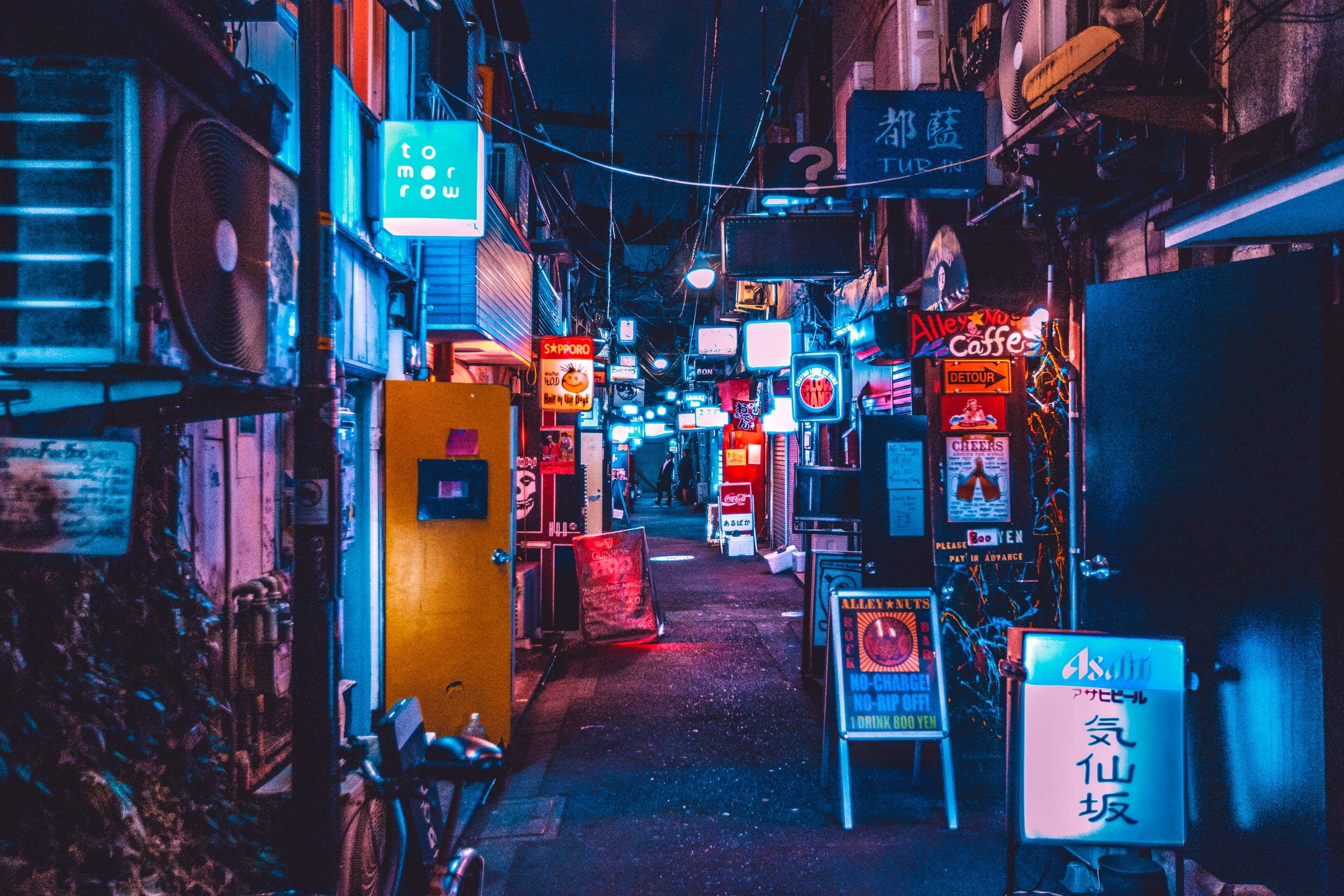
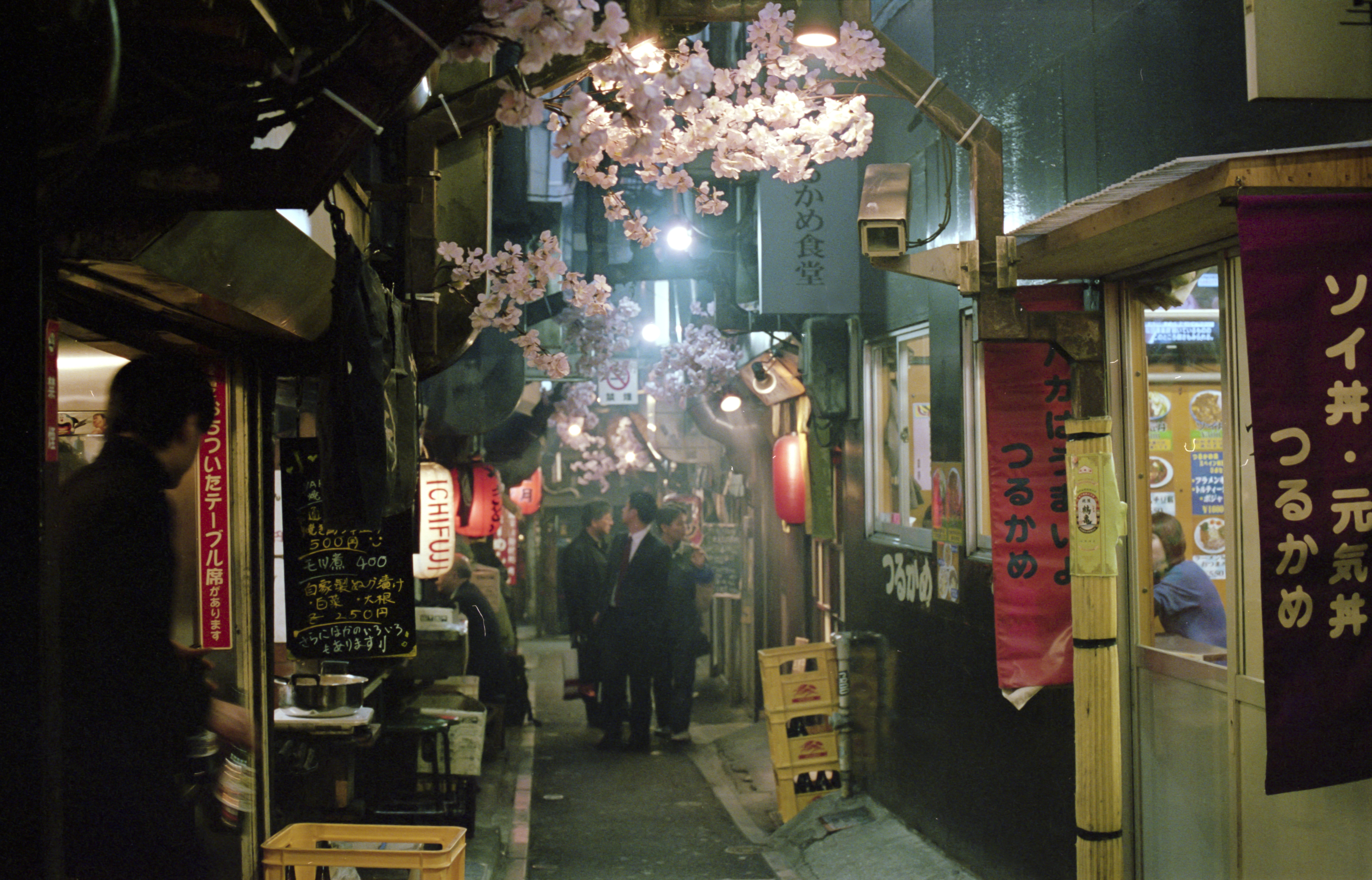
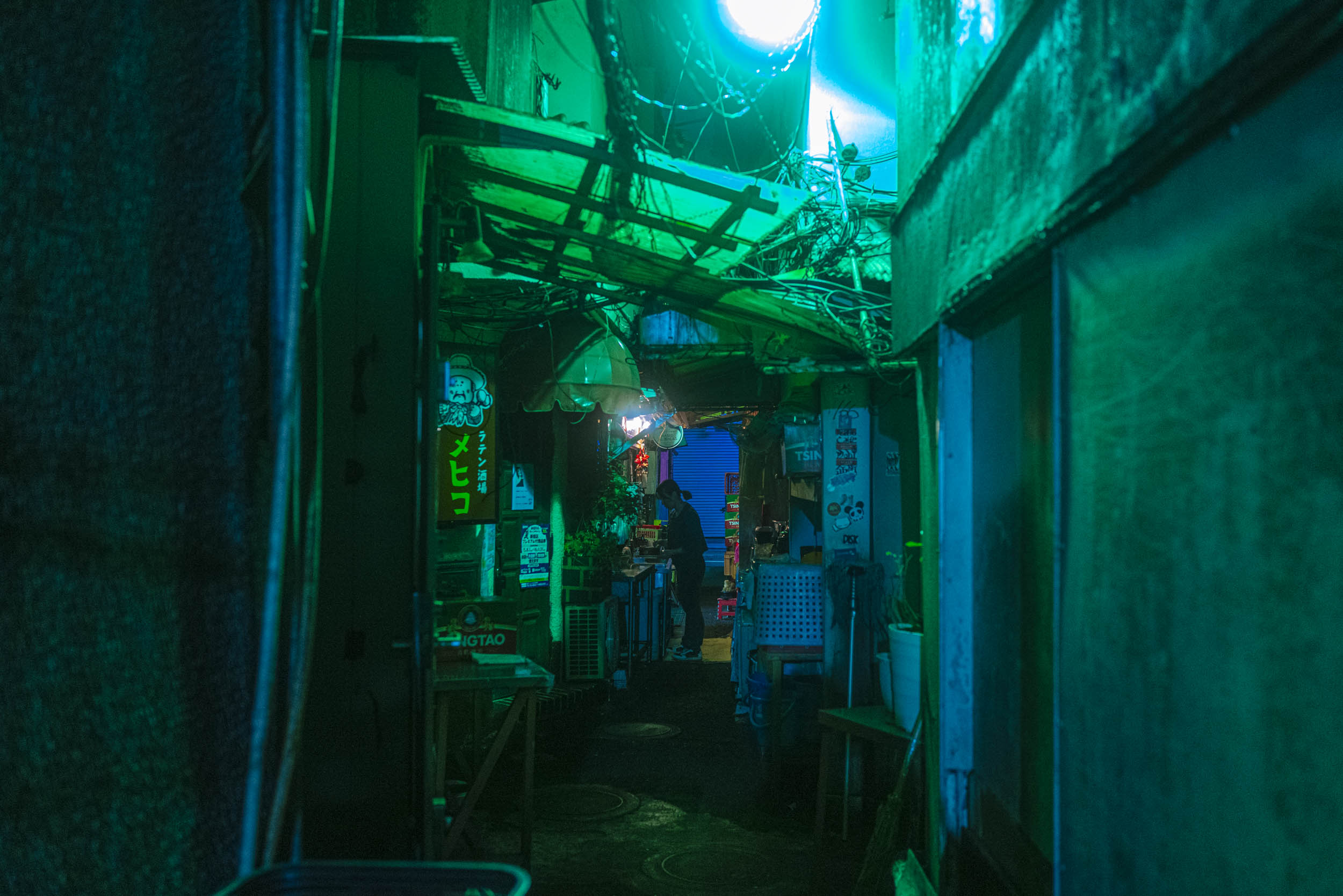

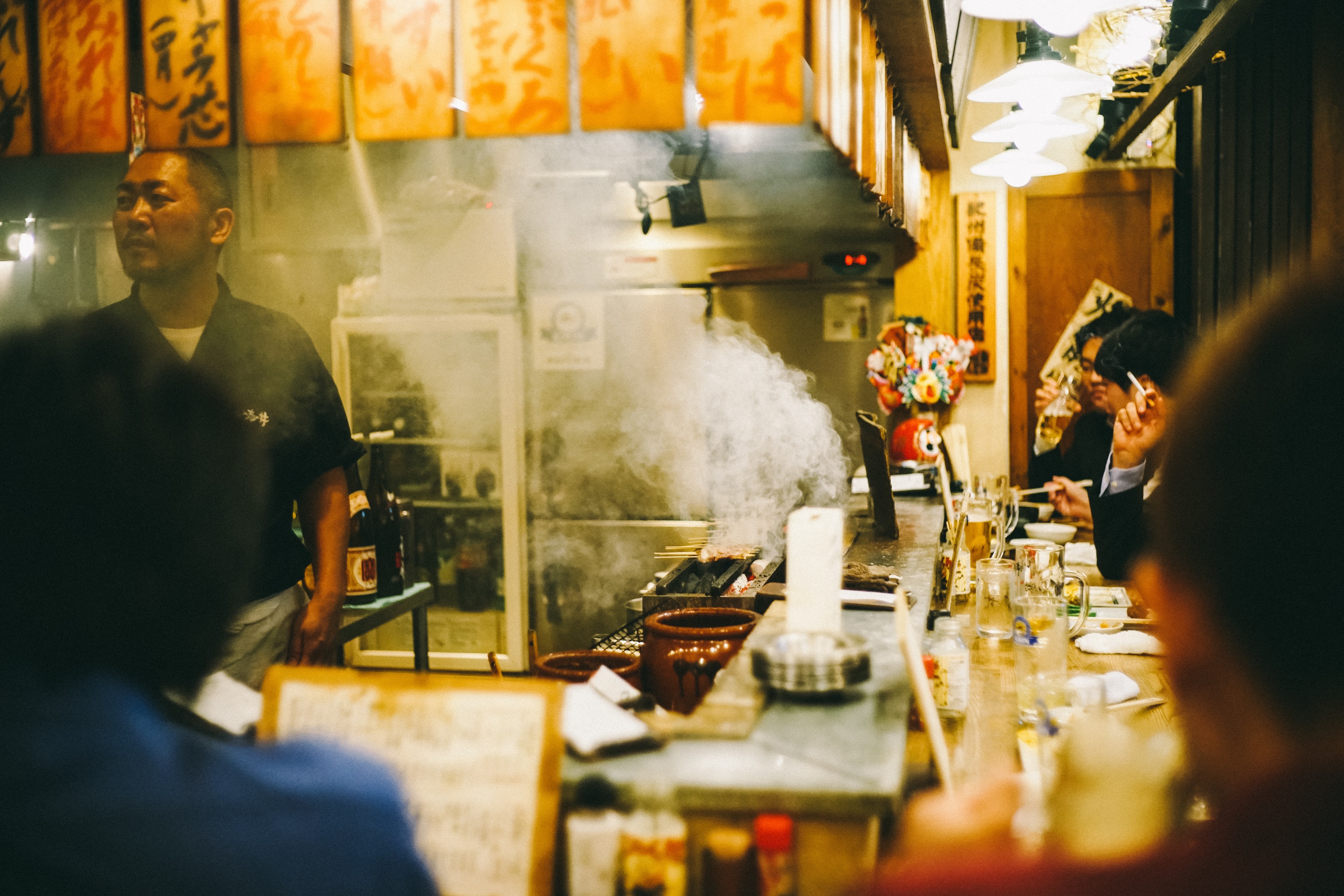

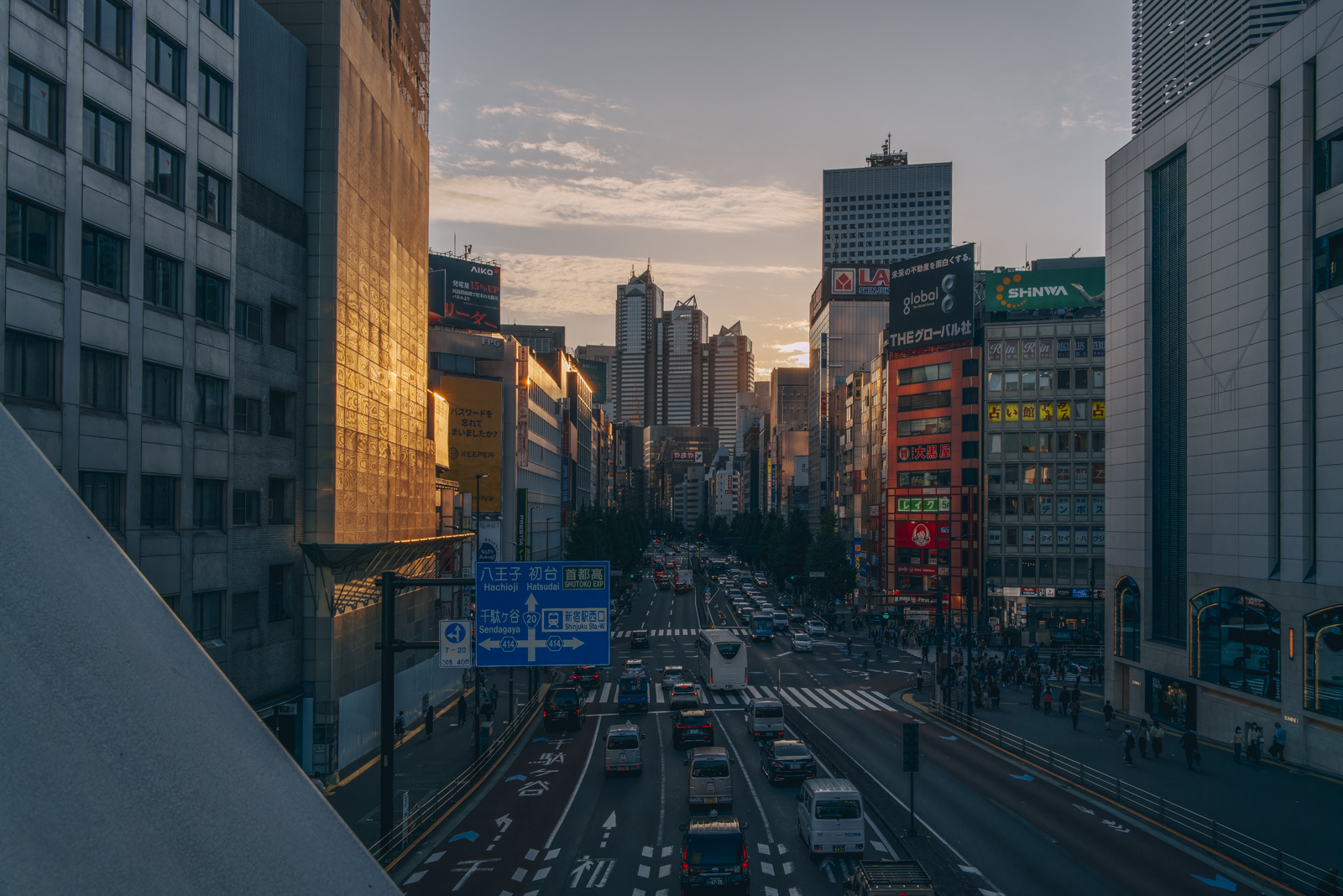


Shinjuku Extra — Rooftop Gardens
Although it’s home to some of Tokyo’s best nightlife, Shinjuku also features two of the city’s best rooftop terraces, both located in front of and on top of JR Shinjuku’s New South Exit.
After exploring the terrace space in front of the JR New South Exit, take the elevator up to the 6F and discover a quiet, but expansive rooftop garden that spans over the 6th and 7th floor as well as the South and East Terrace of the NEWoMan shopping mall. The breathtaking views over Shinjuku station and the skyline of downtown Shinjuku make for a perferct stop from a shopping spree, or an impromptu picnic spot over the roofs of Tokyo.
After discovering the upper deks, make your way down the stairs on the outside of the building and you will find that this rooftop garden continues downwards across several levels until you reach the 4th floor of NEWoMan.
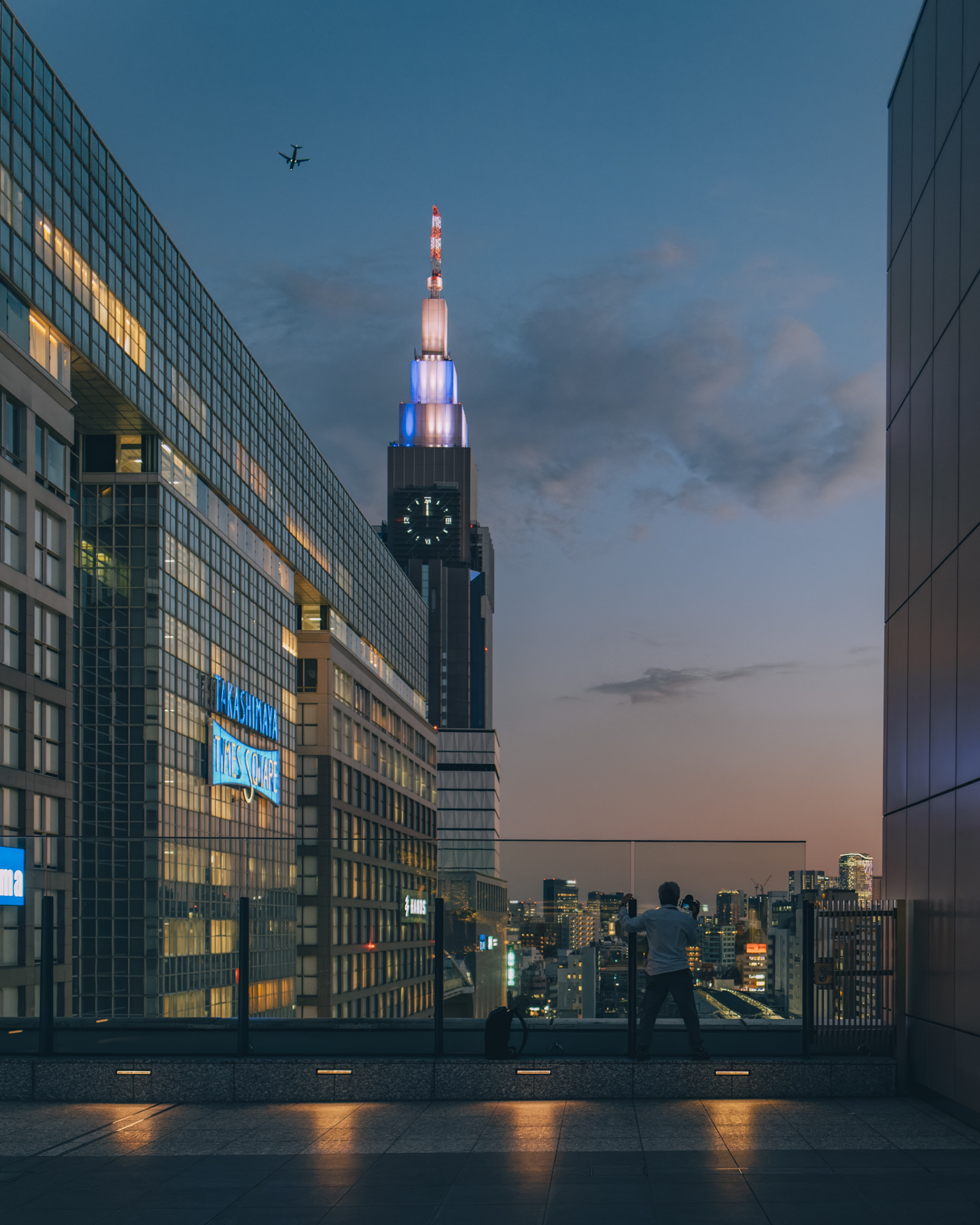
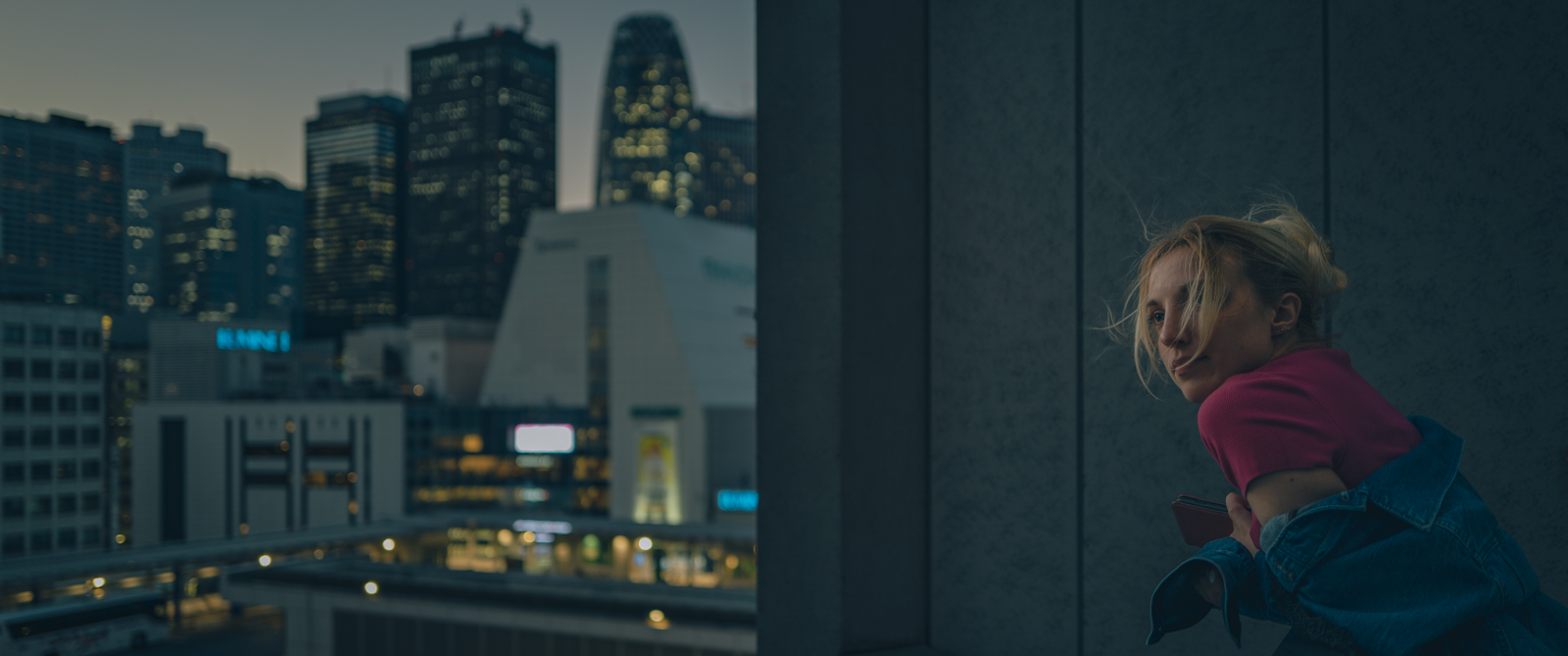
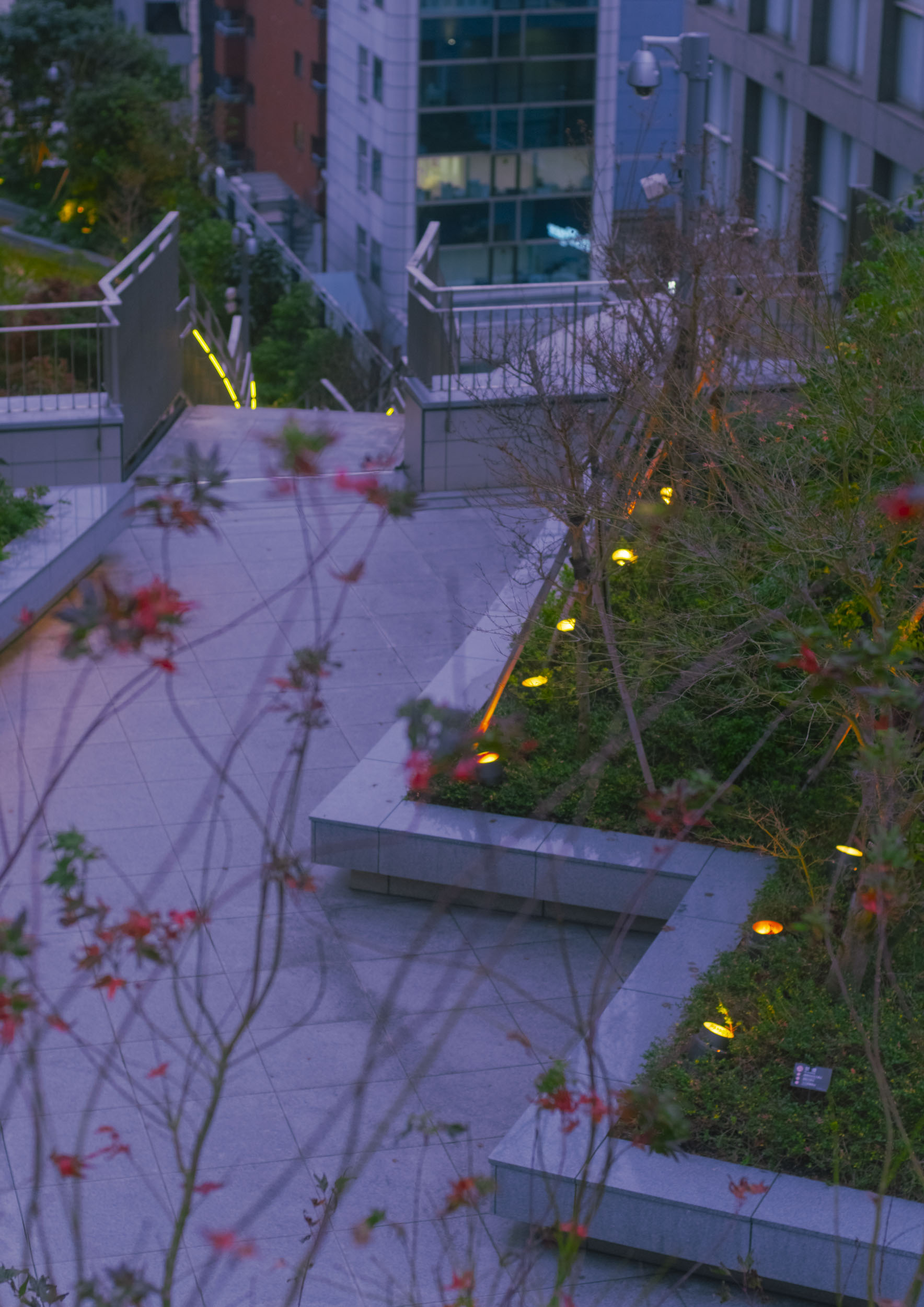

In this guide
